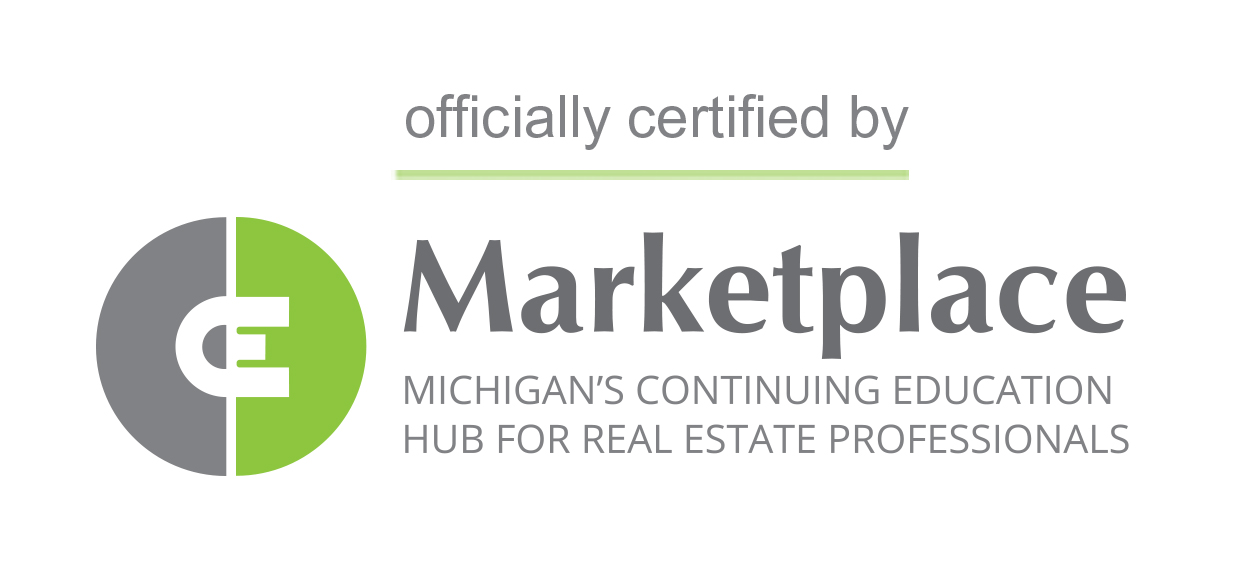Navigating the Crossroads of Mold Management
As a seasoned mold remediator specializing in removal, I understand that facing a mold issue can be overwhelming. The choice between mold remediation and removal is a crucial one, and in this guide, I'll help you demystify the options. Let's delve into the nuances of each approach so you can make an informed decision that aligns with your needs.
1. Understanding the Terminology: Remediation vs. Removal
When it comes to managing mold, understanding the terminology is the first step. Mold remediation is a comprehensive process that focuses on treating the root cause of mold growth. On the other hand, mold removal entails physically eliminating mold-infested materials. It's like the difference between treating an illness and surgically removing a tumor. Both have their merits, but choosing the right one depends on your unique situation.
2. Mold Remediation: Tackling the Source
Assessment: Identifying the Root Cause
Mold remediation starts with a meticulous assessment of your space. I once worked with a homeowner who was perplexed by recurring mold despite regular cleanings. Through assessment, we discovered a hidden leak that was fueling the problem. Addressing the source of moisture is at the heart of remediation, as it prevents future mold growth.
Treatment: Addressing Moisture and Preventing Future Growth
Remediation involves a strategic approach to moisture control. I've seen cases where homeowners overlooked inadequate ventilation, leading to persistent mold. In remediation, the focus is on fixing the underlying issues - repairing leaks, improving airflow, and maintaining optimal humidity levels. By treating the conditions that mold thrives in, you're setting the stage for a mold-free environment.
Cleanup: Minimizing Mold Presence
After treating the source, remediation includes thorough cleaning and disinfection. The reduction in mold presence is significant if not . The emphasis is on restoring indoor air quality and preventing further mold proliferation. Imagine it as getting a thorough check-up at the doctor's office - not a complete makeover, but a step towards better health.
3. Mold Removal: Eliminating the Problem
Assessment: Identifying the Extent of Infestation
Mold removal begins with a comprehensive assessment of the extent of the infestation. I once encountered a case where visible mold was just the tip of the iceberg; removal was necessary to address the extensive hidden growth. If the problem is widespread, removal might be the more practical choice.
Containment: Preventing Cross-Contamination
Containment is a critical step in removal. I recall a situation where we set up containment to prevent spores from spreading during removal. Containment involves isolating the affected area with plastic sheeting and negative air pressure systems, like creating a quarantine zone.
Removal: Physical Elimination of Mold
Removal is like surgically excising the problem. If you're dealing with severe mold growth, physically removing the infested materials might be the most effective solution. It's akin to removing a cancerous growth to ensure that it doesn't come back.
4. Making the Right Choice: Factors to Consider
Extent of Infestation
The severity of the infestation plays a role in your decision. For extensive growth, removal might be more practical, while smaller issues can be effectively managed through remediation.
Health Concerns
If health concerns are a priority - especially for individuals with allergies or respiratory conditions - the quicker results of removal might be preferable.
Long-Term Goals
Consider your long-term goals. If you're aiming to prevent future mold growth, remediation is aligned with your objectives. If you need immediate relief, removal might be the way to go.
Budget Considerations
Budget is a practical factor. Removal can be more expensive due to the need to replace materials. However, consider the long-term costs of not addressing the problem effectively.
Conclusion: Forging Your Path to a Mold-Free Future
In the realm of mold management, the choice between remediation and removal depends on the intricacies of your situation. Both approaches have their merits, and there's no one-size-fits-all answer. Consulting with professionals in the field can provide tailored guidance that aligns with your unique needs.
Whether you choose remediation or removal, the ultimate goal remains the same: creating a healthy, mold-free living environment. Armed with knowledge and expert advice, you're well-equipped to navigate the crossroads of mold management and pave the way to a safer and happier home.




